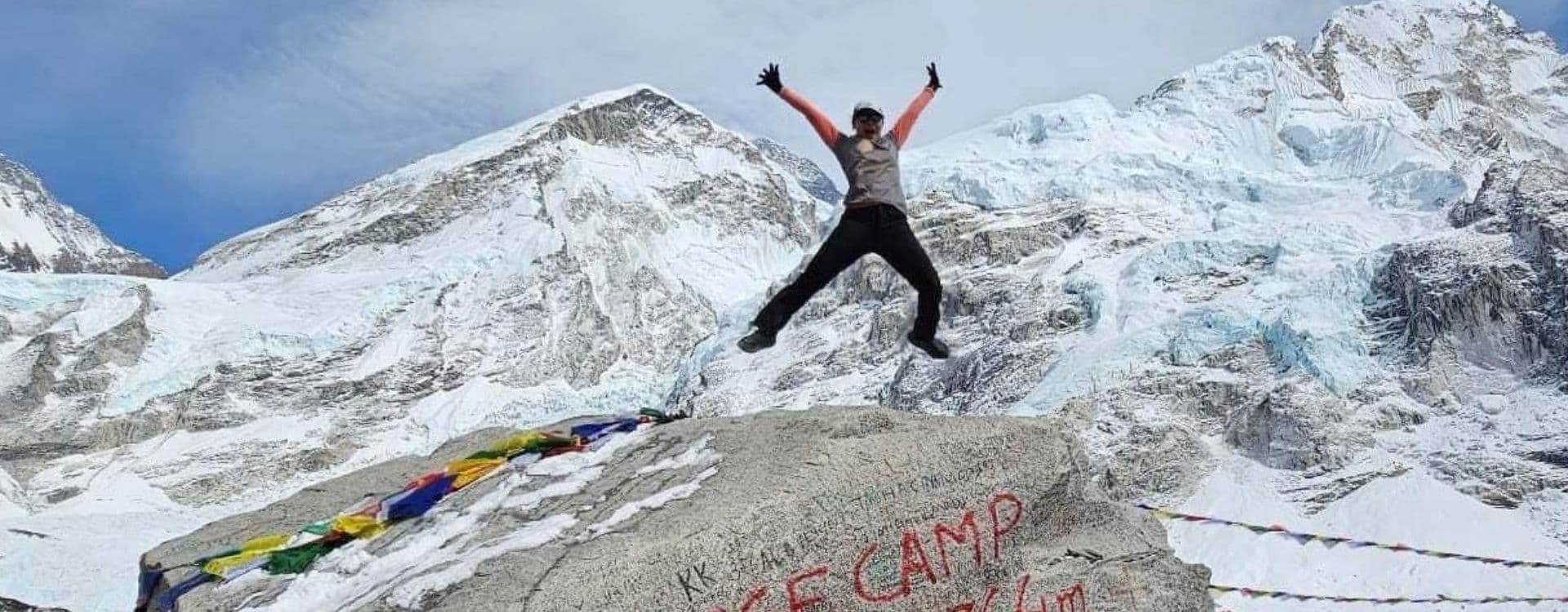The trail begins gently, but the change in air arrives far quicker than expected.
With every step upward, the landscape opens wider, revealing steep ridgelines, hanging glaciers, and deep valleys that echo with distant river sounds.
Trekkers often notice a subtle pressure in their chest as the air thins, and that single moment signals the true beginning of the Everest journey.
Above the tree line, the breeze feels cooler and sharper, carrying the crisp scent of pine and fresh Himalayan rock.
Your heartbeat grows a little louder, and the rhythm of your breathing shifts into something more intentional as the elevation rises steadily.
These early sensations are the mountain’s quiet reminder that you’ve entered a world where patience becomes as important as strength, and awareness becomes your most valuable companion.
Acclimatization days play their part exactly here.
They offer the time your body needs to understand these new demands, absorbing altitude slowly instead of resisting it.
Trekkers who pause and let the process unfold naturally find the trail far more enjoyable, because the body has the chance to adapt without strain.
Reaching Everest Base Camp isn’t just about marching forward; it’s about listening closely to what your body tells you at every height.
These first encounters with thin air shape the path ahead, setting the tone for a journey that rewards preparation, calm pacing, and respect for the mountains’ rhythm.
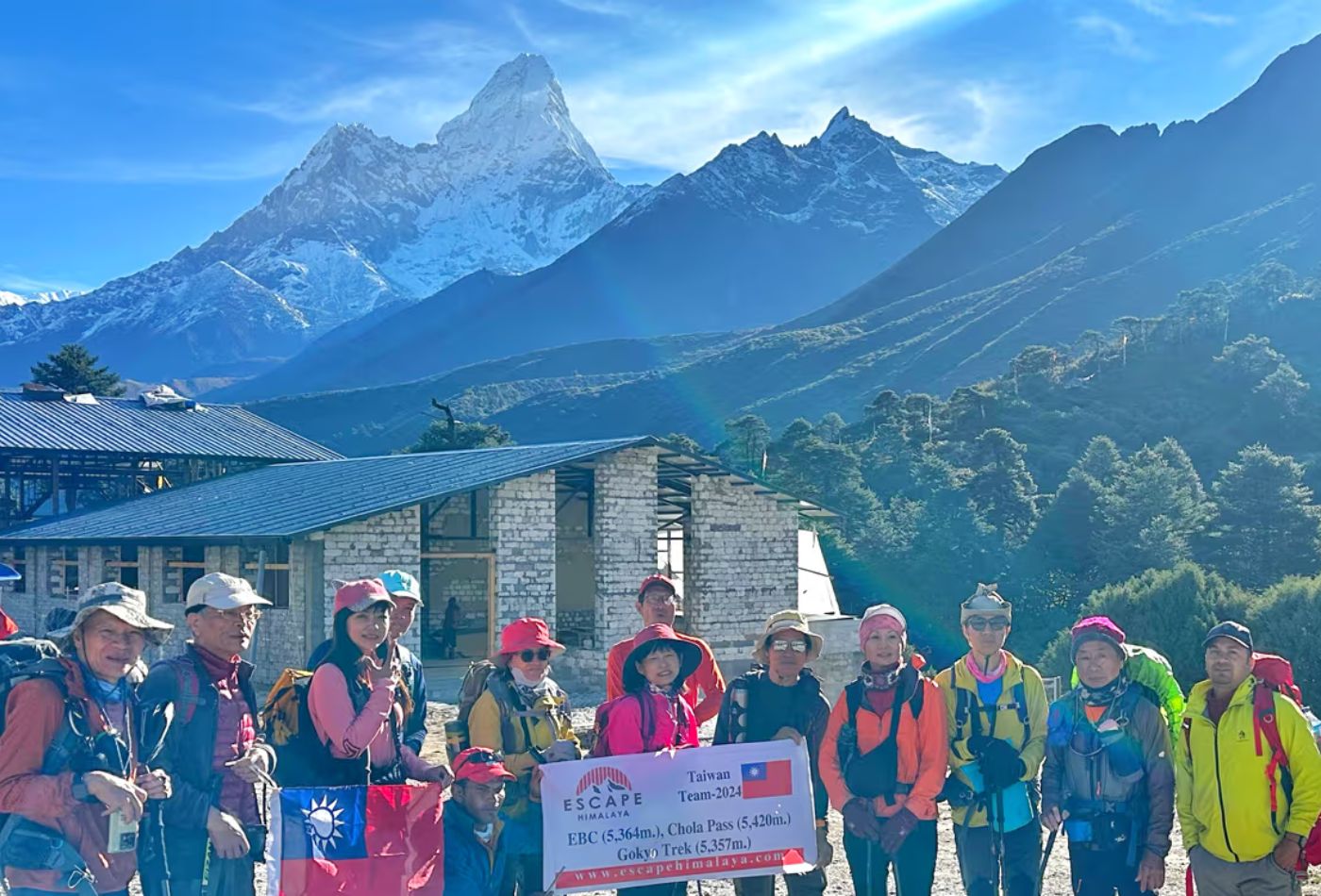
Understanding Acclimatization during Everest Base Camp Trek
As you climb higher into the Khumbu, every breath carries a little less oxygen than before. The body notices this change quickly, even when the trail still feels gentle underfoot. Heart rate rises, breathing becomes more deliberate, and simple tasks can begin to feel surprisingly demanding.
Acclimatization is the process that allows your system to adapt slowly to this thinner air. Given enough time, the body increases breathing rate, improves circulation, and produces more red blood cells. These adjustments help you move safely at altitude, turning discomfort into a manageable part of the adventure.
Most trekkers feel a mix of excitement and unease as they first sense altitude’s effects. Light headaches, mild fatigue, or a slight loss of appetite are common early sensations on the Everest trail. Respecting these signals and building in acclimatization days is what keeps the journey enjoyable and sustainable.
| Altitude Zone | What Happens to Your Body |
|---|---|
| 2,800–3,500 m | Breathing gets quicker, and mild fatigue appears as oxygen thins. |
| 3,500–4,200 m | Your body boosts red blood cell production to improve oxygen flow. |
| 4,200–5,000 m | Breathing rate increases, stamina drops, and acclimatization becomes essential. |
| Above 5,000 m | Oxygen is very low, so slow pacing and proper adjustment are crucial. |
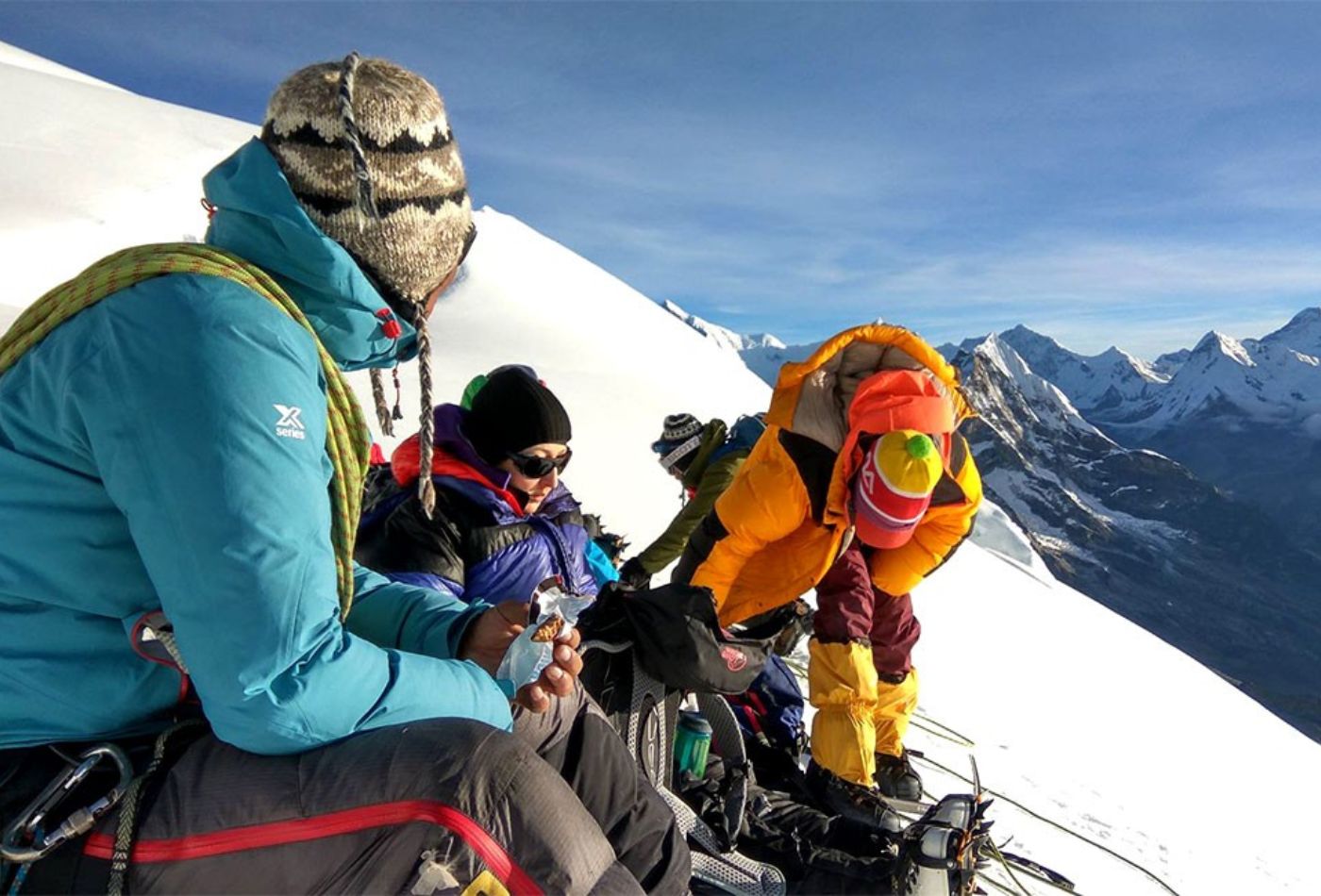
First Acclimatization Stop: Namche Bazaar (3,440 m)
Namche Bazaar rises like a natural amphitheater carved into the mountains, greeting trekkers with crisp air, terraced homes, and sweeping Himalayan panoramas. The moment you arrive, you feel the altitude working differently on your breath, urging a slower rhythm and deeper awareness of every step. This is the first true checkpoint where your body begins the essential process of adjusting to the thin air.
Spending an acclimatization day here allows trekkers to strengthen their lungs and circulation while exploring remarkable viewpoints above town. Short hikes introduce your system to higher elevation without overwhelming it, helping prepare you for the demanding trail ahead toward Tengboche and Dingboche.
| Key Aspect | Description |
|---|---|
| Why Namche Matters | Its altitude makes it the perfect place for your body’s first major adaptation phase, stabilizing breathing and pacing. |
| Recommended Side Hikes | Everest View Hotel, Sherpa villages of Khumjung and Khunde, and gentle ridge climbs offering early views of Everest. |
| What Trekkers Notice | Slight breathlessness, mild fatigue, stronger heartbeats, and a gradual sense of balance after short acclimatization ascents. |
Namche’s blend of altitude, culture, and scenery transforms this acclimatization day into a meaningful pause. Trekkers often feel their confidence rising here, realizing that with proper pacing, the journey to Everest Base Camp becomes not only achievable but deeply rewarding.
Can I Skip the Everest View Hotel Hike?
Yes, it’s possible to skip the acclimatization hike to Everest View Hotel, but it’s only advisable for trekkers who already have strong experience at high altitude. The hike itself plays an important role in helping your body adjust, so removing it makes the journey more demanding and requires exceptional fitness.If you decide to skip the acclimatization day at Namche, the trip cost is reduced by USD 60, and your overall trekking duration shortens accordingly. However, this option is only suitable for skilled and seasoned hikers who understand the risks of altitude and can safely continue without the usual adaptation period during the Everest Base Camp trek.
Skipping acclimatization might seem efficient, but for most trekkers, taking the time to adjust leads to a safer and far more enjoyable journey.
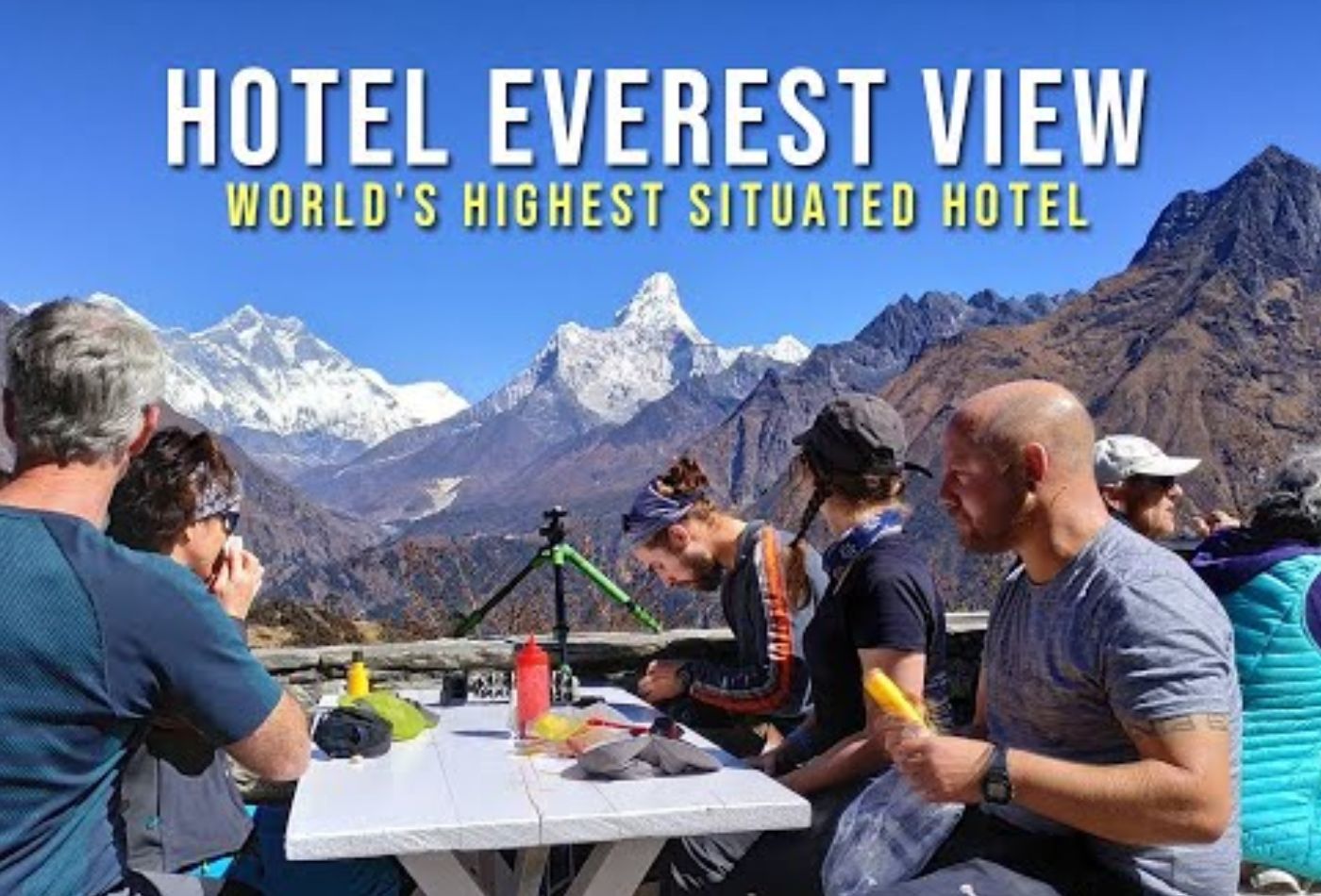
Second Acclimatization Stop: Dingboche (4,410 m)
Dingboche marks the point where the air grows noticeably thinner and every breath demands a little more effort. This elevation makes a second acclimatization day absolutely essential, giving trekkers the time their bodies need to adjust before tackling the higher, tougher stretches leading toward Lobuche and Gorak Shep.
The village sits in a spacious valley guarded by towering peaks, offering open views that feel wider and wilder than the lower sections of the trail. Many trekkers describe this stop as a turning point, where their pace starts to feel steadier again and confidence returns after the demanding climbs from Tengboche.
| Topic | Details |
| Why It’s Important | The altitude crosses 4,000 meters here, making adaptation crucial before pushing higher. |
| Popular Side Hikes | Nangkartsang Peak for sweeping views and the Chhukung Valley for gradual altitude gain. |
| What Trekkers Notice | A mix of breathlessness and renewed stability as the body begins adapting more effectively. |
The slower pace in Dingboche strengthens your body and prepares you for the higher Himalayan terrain ahead. This pause often makes the difference between a comfortable journey and an early turnaround.
Dingboche rises out of the windswept Imja Valley like a quiet stone settlement carved from the mountains themselves.
By the time trekkers reach this altitude, the landscape feels far more dramatic, and every breath reminds you that you are now deep inside the high Himalayas.
The village stretches across soft terraced fields bordered by rock walls, with Ama Dablam soaring sharply above, creating a scene that feels both immense and intimate.
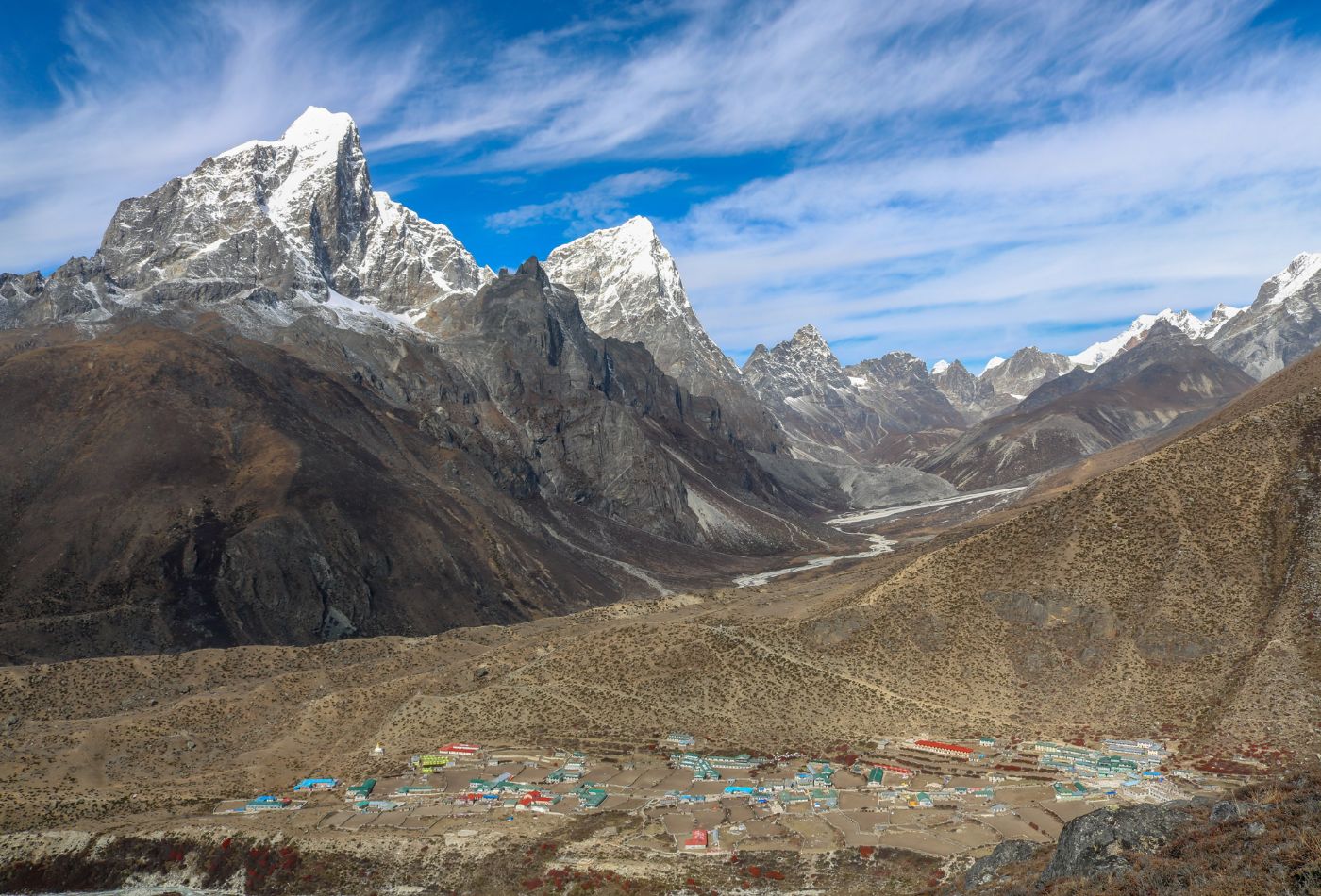
This second acclimatization day becomes one of the most crucial pauses on the entire Everest Base Camp journey.
The air here holds noticeably less oxygen, and the body works harder to maintain the same rhythm you had a day earlier in Tengboche or Deboche.
That is why spending an extra day in Dingboche allows your system to adjust safely and steadily, building the foundation you’ll need for the challenging altitude gains ahead.
Most trekkers choose the hike toward Nangkartsang Peak, a ridge rising above the village with sweeping views that stretch toward Makalu and the distant glaciers.
The trail climbs gradually at first and then more firmly, giving you the perfect balance of effort and controlled ascent — exactly what acclimatization demands.
Others explore the route toward Chhukung Valley, where icy winds roll down the slopes and the peaks glow gold in the morning sun.
By evening, Dingboche often becomes a place of reflection.
Trekkers sip warm tea in teahouses, watching clouds wrap themselves around Ama Dablam’s summit while prayer flags flutter softly between stone lodges.
The stillness of the village reminds you that the difficult days are close, but so is the reward of reaching Everest Base Camp with clarity, strength, and confidence.
Dingboche prepares you physically, but it also grounds you emotionally, giving space to realize how far you’ve come and how powerful the mountains truly are.
Everest Base Camp Trek Elevation Sickness: Common Mistakes to Avoid
Acclimatization days only work when trekkers use them wisely, and avoiding a few frequent missteps makes a significant difference in how safely the body adapts to altitude. These moments in the high Himalayas require awareness, steady pacing, and a willingness to respond to even the smallest signals from your body.
| Mistake | Description |
| Staying Completely Inactive | Some trekkers rest the entire day, but gentle side hikes are essential because they stimulate proper altitude adaptation. |
| Overexerting on Side Hikes | Rushing uphill or pushing beyond comfort can worsen symptoms and slow the body’s natural acclimatization process. |
| Ignoring Mild Symptoms | Headaches, poor appetite, or unusual fatigue should never be dismissed because they can be early indicators of altitude issues. |
| Ascending Too Quickly | Climbing higher without giving the body enough time increases the likelihood of AMS and affects overall trek safety. |
Avoiding these simple mistakes enhances safety and ensures trekkers progress through the Everest region with steady confidence and improving strength.
During zone crisp morning in Namche Bazaar, a trekker named Maya (name anonymous) noticed her breathing felt unusually shallow as she climbed toward the Everest View Hotel. The air was cool and gentle, yet every step reminded her how altitude quietly reshapes the body’s rhythm. She paused often, taking slow breaths, unsure if she was falling behind or simply adjusting to the mountain’s demands.
Her guide observed her pace and encouraged small sips of water, steady walking, and calm focus. With each gradual ascent, she felt her confidence return. By the time she reached the viewpoint, Ama Dablam stood glowing in the early sun, and Maya realized the acclimatization day had become a turning point rather than a delay.
Later that afternoon, another group arrived looking visibly exhausted. They had skipped their acclimatization stop in Dingboche, hoping to “save time.” The thin air caught up with them quickly, and two trekkers experienced splitting headaches and nausea. Before reaching Lobuche, they were forced to descend under their guide’s recommendation, ending their Base Camp attempt much earlier than planned.
Their contrasting experiences highlight a simple truth: altitude always leads the pace on the Everest trail. Those who respect it move forward with strength. Those who rush face consequences that no determination can overcome.
Why ESCAPE with Escape Himalaya?
Escape Himalaya stands out because trekkers feel genuinely cared for from the moment they step onto the trail. Our guides move at a pace that respects the altitude while watching for every subtle change in your breathing or energy. Their quiet expertise builds confidence, especially when the air thins and the landscape grows demanding. Trekkers appreciate how we design each day with intention, balancing steady progress with the right moments to rest, acclimatize, and enjoy the mountains. The experience feels personal rather than rushed, and that sense of attentive leadership often becomes the reason many return to trek with us again. With safety, comfort, and human connection at the heart of every journey, Escape Himalaya ensures the Himalayas feel both inspiring and achievable.
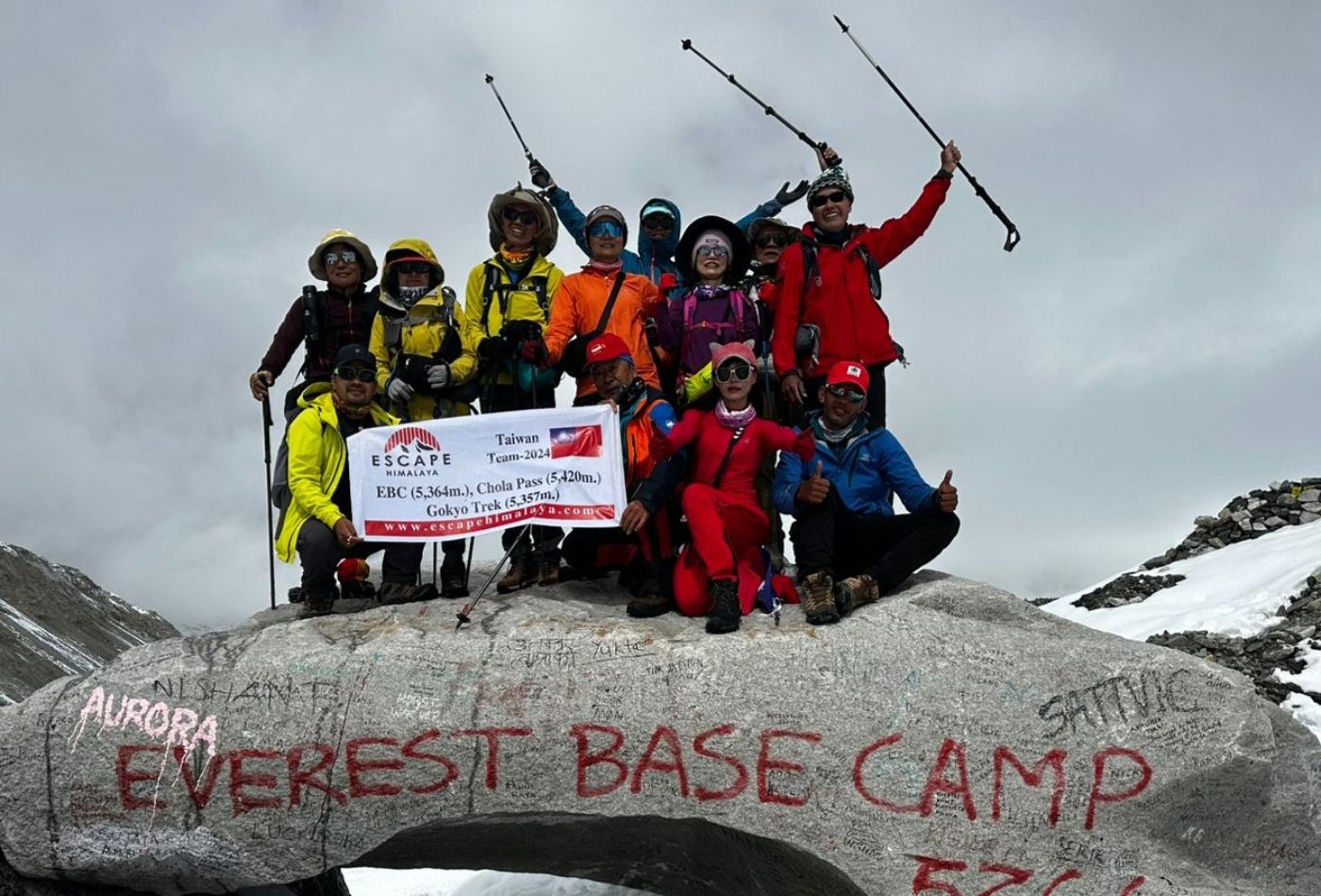
Concluding Note: Acclimatization Day during Everest Base Camp Trek
Reaching Everest Base Camp is never just a test of strength; it’s a journey shaped by patience, awareness, and respect for altitude. Acclimatization days guide trekkers into the rhythm of the Himalayas, allowing the body to adjust slowly while the mind absorbs the beauty of the trail. These moments of pause help you travel safely, breathe more comfortably, and feel increasingly connected to the surrounding landscape. Trekkers who embrace this process walk with greater confidence and finish the trek with deeper appreciation for what the mountains demand. Choosing an operator who values thoughtful pacing and safety ensures your adventure remains meaningful from the first ascent to the final steps at Base Camp.

